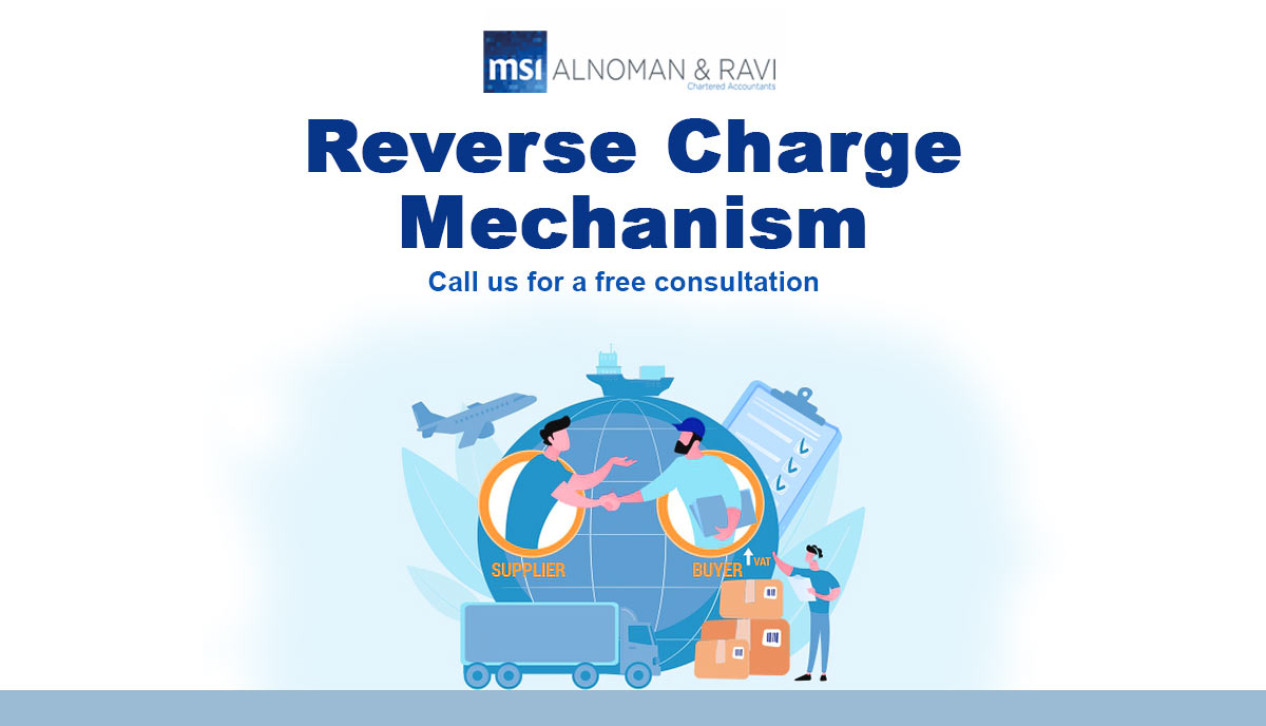How to choose your Auditor or Audit Firm in UAE
How to select an Auditor or Audit Firm in UAE
12 Dec 2021
Reverse Charge Mechanism is a treatment of VAT that comes into play in the case of an import of service or goods. This may be a bit confusing for businesses especially start ups who face challenges when filing their VAT returns.
Reverse charge mechanism or RCM is mostly only for disclosures however, Filing VAT returns correctly is important to avoid penalties. Being compliant with the tax regulations is important.
Bottom LineIn Simple Terms -
The concept here is that the supplier located outside UAE will mostly not be registered for VAT in the UAE, therefore no VAT will be charged. So the importer on record needs to account for the output VAT that would have been charged by the supplier. This VAT can then be claimed as input VAT, if the business qualifies to claim the VAT on these expenses.
Practically Terms -
In row 6 the output VAT of imported goods will be pre-populated automatically, however, if the tax registrant notices an error, this amount can be adjusted in row 7.
The Remaining output VAT for RCM to be recorded can be mentioned in row 3, mostly used for import of services.
All the input VAT that is allowable to claim for the RCM can be mentioned in row 10.
Summary - Output VAT for RCM must be recorded in rows 3, 6, or 7, all the input VAT claimable (in most cases will be the total of the three) will be mentioned in row 10. So in most cases, the net impact of this is nil, and therefore may not impact your actual tax payable.
If there is no impact why is this being done?
Example of a Different Treatment -
Company A imports a car which will be used 80% for business purposes and 20% for personal purposes. In this case, the import will be pre-populated in row 6 showing a payable of 5%. However, such a vehicle falls under a category of non-recoverable expenses, therefore input VAT on this cannot be claimed and is not included in row 10.
In this scenario, Company A would have to pay an additional 5% on the import of the car when filing the return.
If you need any further advice on how to file your returns please contact our tax experts.